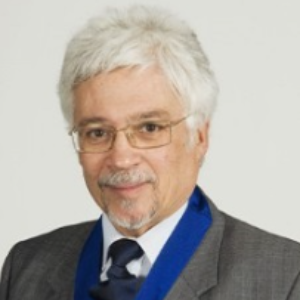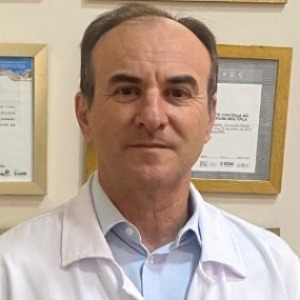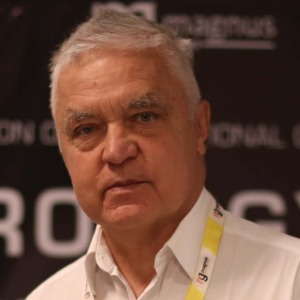Dyskinesia
Dyskinesia describes a group of involuntary movement disorders caused by abnormal functioning of the brain. The condition interferes with body movement, including walking, eating, speaking, and writing. It can also affect facial expressions and other activities involving facial, shoulder, or limb movements. The most common type of dyskinesia is tardive dyskinesia. This disorder is usually caused by long-term treatment with certain antipsychotic medications used to treat schizophrenia and other psychotic disorders. Tardive dyskinesia typically manifests with involuntary, repetitive muscle movements, such as rapid blinking, lip smacking, grimacing, tongue thrusting, and hand movements. Another type of dyskinesia is Drug-Induced Dyskinesia, which is caused by the use of certain drugs, including levodopa, used to treat Parkinson’s Disease. Drug-induced dyskinesia can range from mild to severe and may include involuntary arm and leg movements, as well as facial tics and other muscle-related symptoms. Though there is no single treatment that can cure dyskinesia, try to manage it. One of the primary treatment methods is adjusting the dosage or discontinuing the use of the triggering drug. In some cases, medications, such as trihexyphenidyl, may be prescribed to reduce or stop the abnormal movements. Additionally, many medications are available to treat the specific symptoms of dyskinesia, including serotonin reuptake inhibitors (SSRIs) to reduce muscle spasms, antidepressants to manage depression, and anticonvulsants to treat seizures. Physical therapy is also often recommended to help with the muscle symptoms. Exercises focused on stretching and strengthening the muscles can help improve mobility and relieve symptoms. Biofeedback, an approach in which specific muscles are focused on to reduce involuntary movement, is also a possible treatment. In conclusion, dyskinesia is an umbrella term for a group of movement disorders that occur due to abnormal functioning of the brain. While there is no cure for dyskinesia, symptoms can be managed with medication, physical therapy, and other treatments.

Ken Ware
NeuroPhysics Therapy Institute, Australia
Robert B Slocum
University of Kentucky HealthCare, United States
Yong Xiao Wang
Albany Medical College, United States
W S El Masri
Keele University, United Kingdom
Jaqueline Tuppen
COGS Club, United Kingdom
Milton Cesar Rodrigues Medeiros
Hospital Santa Casa de Arapongas, Brazil




Title : Perception and individuality in patient cases identifying the ongoing evolution of Myalgic Encephalomyelitis/Chronic Fatigue Syndrome (ME/CFS)
Ken Ware, NeuroPhysics Therapy Institute, Australia
Title : Narrative medicine: A communication therapy for the communication disorder of Functional Seizures (FS) [also known as Psychogenic Non-Epileptic Seizures (PNES)]
Robert B Slocum, University of Kentucky HealthCare, United States
Title : Personalized and Precision Medicine (PPM), as a unique healthcare model through biodesign-driven biotech and biopharma, translational applications, and neurology-related biomarketing to secure human healthcare and biosafety
Sergey Victorovich Suchkov, N.D. Zelinskii Institute for Organic Chemistry of the Russian Academy of Sciences, Russian Federation
Title : Neuro sensorium
Luiz Moutinho, University of Suffolk, United Kingdom
Title : Traumatic Spinal Cord Injuries (tSCI) - Are the radiologically based “advances” in the management of the injured spine evidence-based?
W S El Masri, Keele University, United Kingdom
Title : Scalp acupuncture with functional electrical stimulation for the treatment children with autism spectrum disorder
Zhenhuan Liu, Guangzhou University of Chinese Medicine, China